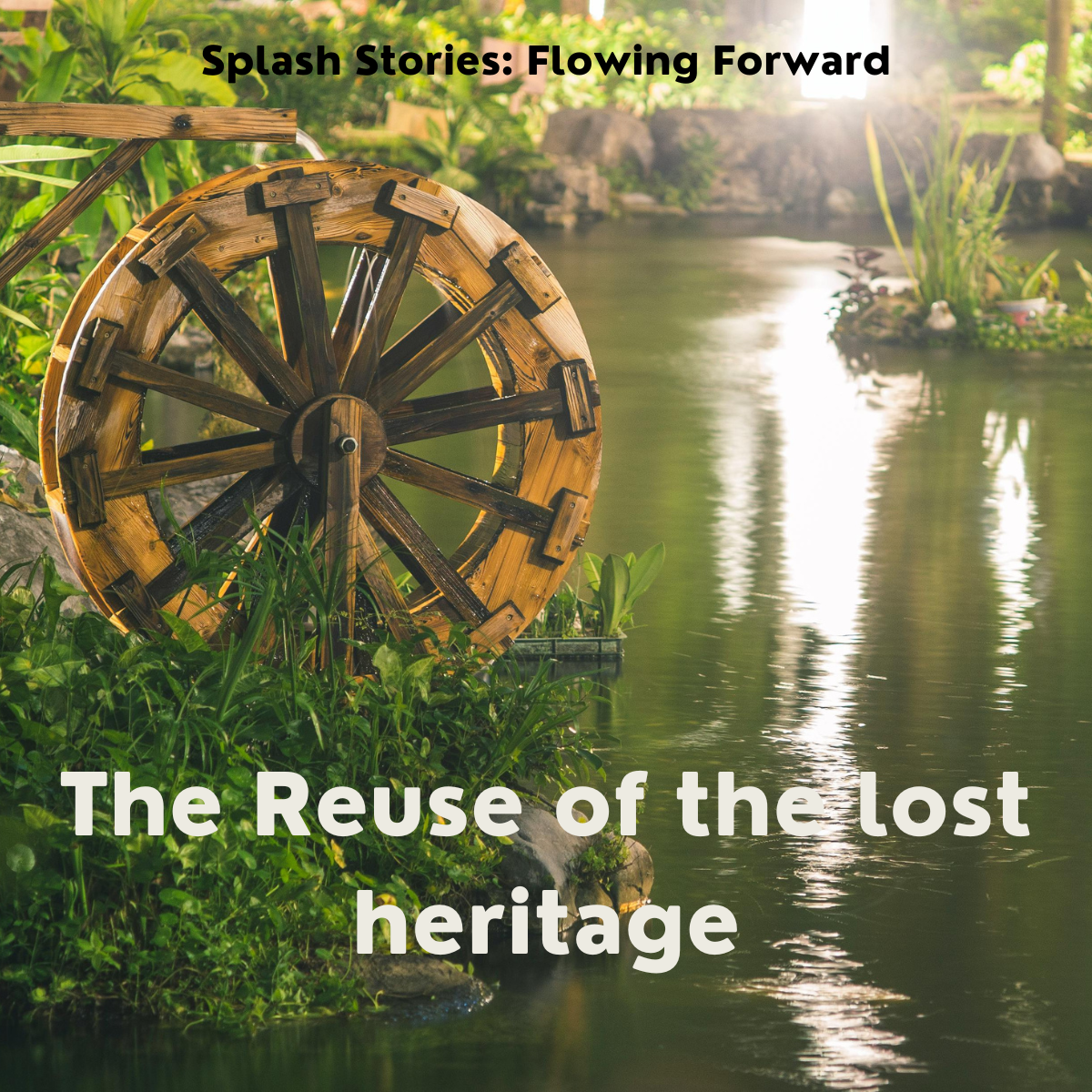The Reuse of the lost heritage: A missing partnership for reviving communities

Arwad, or "the shelter" in the Phoenician Language, is a historic island and port town just 5 km off the coast of Tartus City in Syria. It has incredible archaeological, and heritage remains dating back to the 2nd millennium. As a result, Arwad was added to Syria's tentative list for inclusion on the UNESCO World Heritage List.

There is no denying that climate change has reached our shores. Its impacts are felt. Arwad, like any other small island, is susceptible to sea level rise.

“We don’t fear the angry sea nor the high waves.
We row the oars, forward, we are the Grandsons of the Phoenicians. “
This is what Arwadians say about the sea and its vigor.

However,
“before we are drowned, we might die of thirst”.

With the fact that there are no surface water resources on the island, access to drinking water in Arwad is a challenge.

The urge to take an immediate action to improve Arwadians’ ability to collect and store water and ensure the sustainable management of this essential natural resource over the long haul.

For Arwad, the only alternative is to harvest rainwater. Phoenicians harnessed the rainwater three millennia ago. Rainwater was collected and stored in rocky tanks and cisterns on the island.

The sparkling water springs known as "Al Fawarat" were discovered by Arwadians at a depth of 7- 10 m in the sea midway between Arwad and Tartus. They accessed the spring's water using the inverted funnel, the oldest method for extracting water from the sea. The spring supplied emergency water to anchored boats at the surface. Remnants of clay pipes used to supply the island with drinking water can
be found dispersed across the water between Arwad and Amrit. These water resources were depleted. Since 1993, Tartus and Arwad started drinking from Sin Spring. The problem with water distribution to houses appears to have been temporarily resolved.

Securing water for the island’s future is everyone’s problem, from communicators to policy makers, to students and politicians, boatbuilders and fishermen.
Therefore, building a partnership with the local communities to boost access to clean water by strengthening community managed drinking water facilities is crucial to ensuring water security on the island. This partnership should be inclusive and inherit the water history of the island.

It is critical that we harness our history and bring forth the wisdom of the ages in order to save water for future generations. The past can aid in this regard by giving instructive instances and tried and true methods for handling peril and hazard. Understanding water and water systems requires centuries of experience. This is the future's answer, so to speak.
